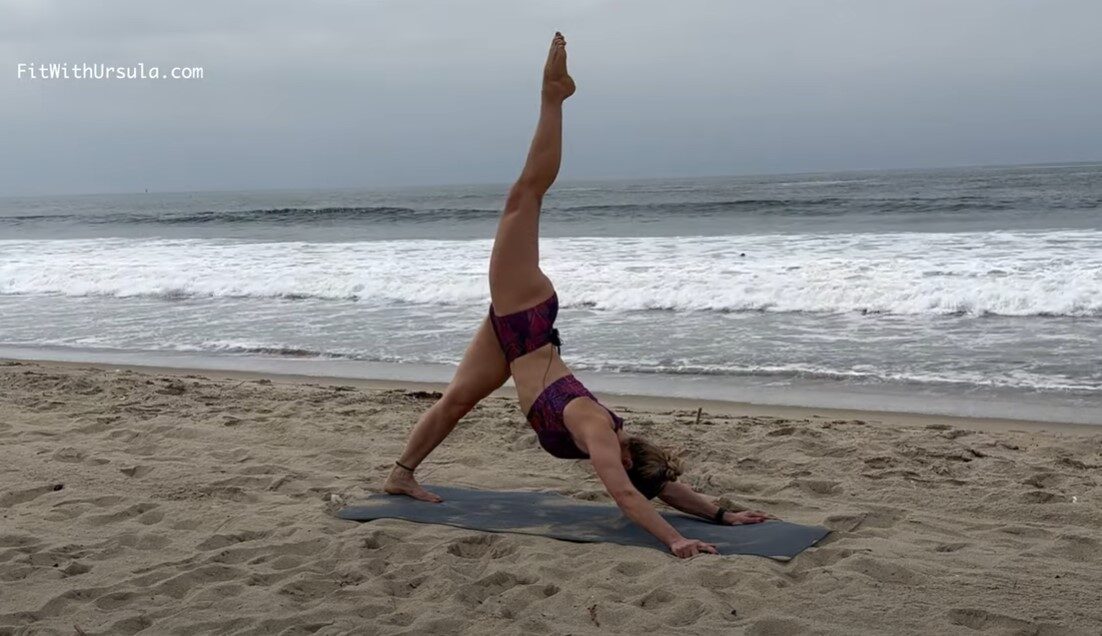20 Different Types of Yoga Poses and Their Benefits
Yoga is a complete way to be healthy. It includes exercises, breathing, meditation, and staying aware. However, many people may not realize that there isn’t just one uniform style of yoga.
The truth is, there is a whole range of yoga practices out there, each with its own advantages and health benefits. This blog will explore the different types and the benefits they offer.
Understanding Yoga: A Brief Overview
Yoga traces its roots back to India over 5,000 years ago, where it began as a respected tradition. It blends physical poses, mindful breathing, and meditation to enhance your overall health and wellness. The term “yoga” itself signifies “unity” or “connection,” reflecting its aim to harmonize your body, mind, and spirit.
This comprehensive approach to wellness has stood the test of time and has transformed into different styles designed for various requirements. In this blog, we’ll explore the realm of yoga styles and their potential advantages, aiding you in finding the one that suits your individual path to well-being.
20 Different Types of Yoga Poses and Their Benefits
Whether you’re new to yoga or experienced, this will help you discover the right yoga style. These are the various kinds of yoga:
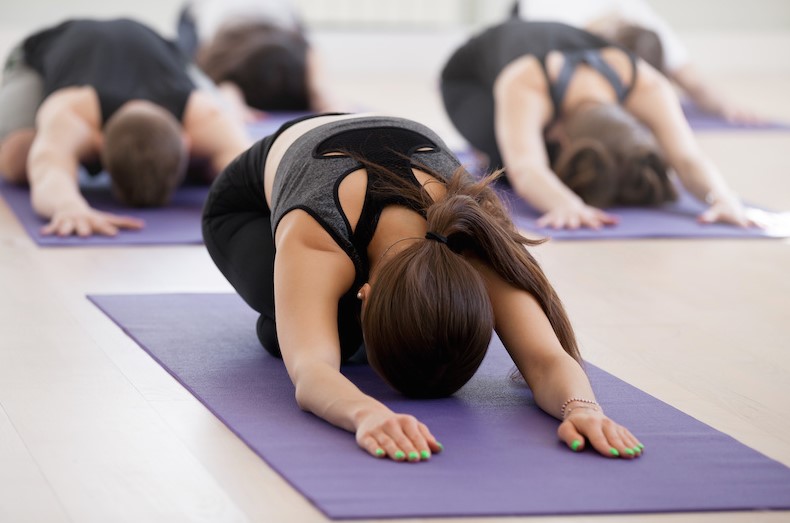
- Hatha Yoga
Hatha yoga is the most common type in the US, often taught in basic classes at gyms and studios. It aims to awaken your inner energy, known as “shakti,” and connect it with divine energy through physical postures and controlled breathing. The benefits of Hatha yoga include:
- Stress reduction.
- Improved circulation through increased oxygen intake.
- Enhanced muscle strength and tone.
- Greater joint flexibility.
How Hatha Yoga is practiced:
It typically begins with deep breathing exercises to cultivate inner focus and a sense of calm. Participants then perform standing asanas (yoga poses), executed individually and not in a continuous flow.
Each Hatha yoga posture, or asana, is typically held for approximately one minute, allowing practitioners to explore and deepen their stretches while focusing on controlled breathing and mindfulness.

- Vinyasa or Vinyasa Flow
In Vinyasa yoga, poses smoothly transition from one to the next, promoting synchronized movement and breath. This dynamic practice has several benefits, including:
- boosting heart health
- enhancing core strength,
- sculpting muscles
- increasing flexibility.
How Vinyasa Yoga is Practiced:
It typically begins with deep breathing and then transitions through a series of poses, maintaining fluidity and generating heat. Mini sequences may be inserted to reset the spine, and you might repeat poses like Sun Salutation A. Be prepared to break a sweat during this engaging practice.
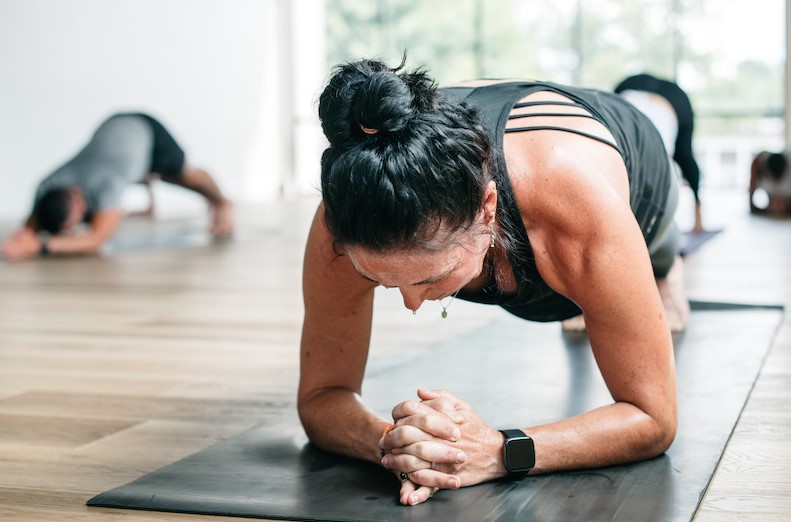
- Hot Yoga
Hot yoga is a style done in a heated room, unlike Bikram yoga. The heat helps release toxins, raise heart rate, and loosen muscles, mimicking sunlight’s warmth. Benefits include:
- softer skin
- more calories burned
- improved mood
- stronger bones.
How Hot Yoga is Practiced:
Hot yoga classes typically follow the Vinyasa flow, but other styles like Hatha are also available, varying based on the yoga type offered. Sweating is expected, and students often use yoga towels on mats for sweat management or natural rubber mats for stability.
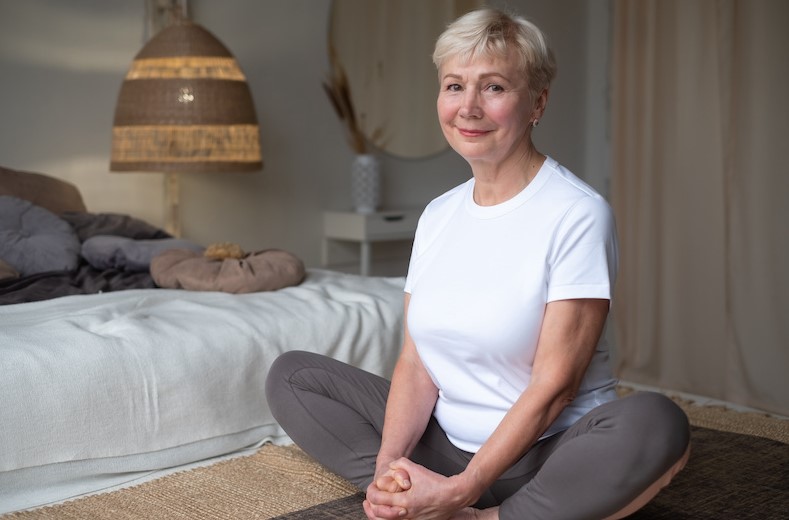
- Yin Yoga
Yin yoga offers a gentle, slow-paced practice that contrasts with fast-paced yang yoga styles like Vinyasa. In Yin, muscles stay cool and soft, allowing for deep stretching of ligaments and connective tissues and improved circulation to vital organs and fascia. The benefits of Yin yoga include:
- enhanced mental focus
- better blood and oxygen flow
- increased muscle flexibility
- an opportunity for a more mindful way of living.
How Yin Yoga is Practiced:
In Yin Yoga, you’ll find a series of passive poses on the floor, starting with meditation and transitioning slowly between asanas, holding each pose for 50-75 minutes.

- Restorative Yoga
Restorative yoga is a gentle practice that combines poses, breathing, and meditation to aid recovery from illness or manage emotional stress. It fosters healing for both the mind and body, focusing on being rather than doing to create mental and energetic space. This practice is especially beneficial as it:
- promotes deep relaxation
- reduces chronic pain
- soothes the nervous system
- enhances overall healing.
How Restorative Yoga is Practiced:
It prioritizes relaxation, using props for support and comfort, and involves mostly reclined positions for ultimate relaxation and ease.

- Power Yoga
Power yoga is a dynamic and physically intense form of yoga inspired by Ashtanga but with more flexibility in the poses taught. It offers various benefits, including:
- improved strength
- flexibility
- stress reduction.
Power yoga isn’t confined to a fixed sequence of poses, allowing instructors to customize their classes. Due to its versatility, you should check with your studio or instructor for specific class details before joining.
How Power Yoga is Practiced
Power yoga is a strenuous and dynamic type that doesn’t adhere to a fixed sequence of poses, allowing instructors to introduce diverse postures and sequences. Consequently, the style can differ significantly from one class to another.
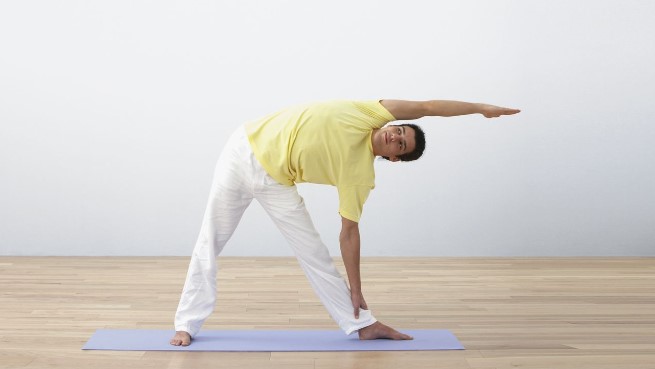
- Sivananda Yoga
Sivananda yoga, developed by Swami Sivananda and introduced to the West by Swami Vishnu-Sivananda, offers a series of twelve asanas that enhance spine strength and flexibility. In addition, it incorporates chanting and meditation for added mental and physical benefits.
How Sivananda is practiced:
The Sivananda practice begins with Savasana, Kapalabhati, and Anuloma Viloma breathing exercises, followed by Surya Namaskara rounds. It then focuses on twelve spine-strengthening and flexibility-enhancing asanas, with optional chanting and meditation in longer classes.
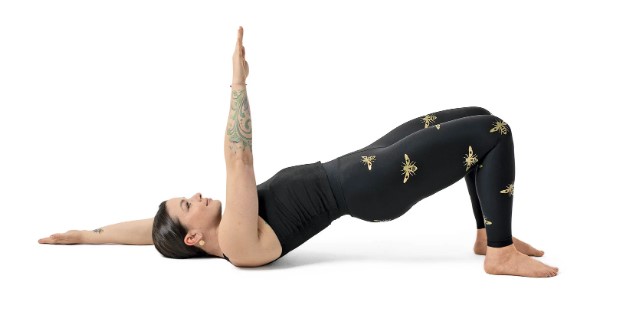
- Viniyoga
Viniyoga is a personalized approach to yoga tailored to your unique needs and goals. Developed by T.K.V. Desikachar, it empowers you to customize your yoga practice and unlock self-discovery and personal transformation.
How Viniyoga is Practiced:
This methodology is characterized by its adaptability, allowing practitioners to customize their means and methods to suit their unique circumstances, making it a highly accessible and effective path toward holistic well-being.

- Integrative Yoga Therapy (IYT)
Integrative yoga therapy combines yoga poses, breathing exercises, meditation, and more into a powerful healing tool. Created by Joseph Le Page in 1993, it’s all about using yoga to improve your well-being.
IYT even offers tailored programs for medical and wellness settings, like hospitals and rehab centers, making it accessible for everyone to enjoy its therapeutic benefits.
Integrative Yoga Therapy Practice:
Integrative Yoga Therapy Practice combines yoga techniques like poses, breathing exercises, hand gestures, deep relaxation, chanting, and meditation.
Its goal is to use yoga as a form of therapy. This approach creates customized programs suitable for various healthcare and wellness places, including hospitals and rehabilitation centers.

- Iyengar Yoga
Iyengar yoga is ideal for individuals who seek detailed pose exploration and is particularly suitable for those with injuries or chronic issues. It accommodates various limitations, promoting stability, flexibility, and strength.
Iyengar Yoga Practice:
In Iyengar yoga, you pay a lot of attention to getting the poses just right, hold them for a while, and concentrate on breathing. You might also use helpful tools like straps, blocks, and blankets to make it easier.
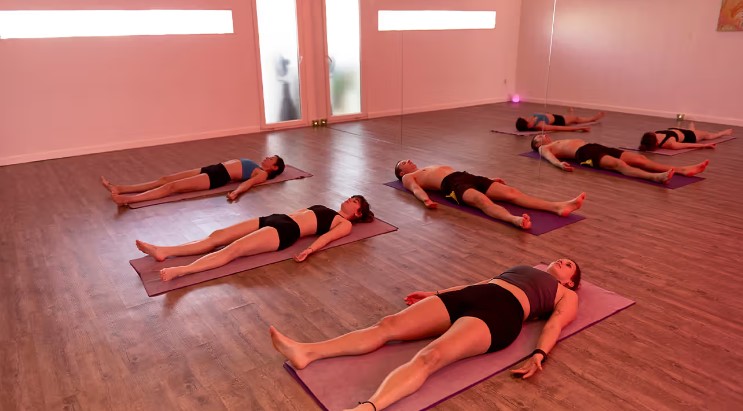
- Bikram Yoga
You’ll definitely sweat in this intense practice in a hot, humid room. With a foundation in Vinyasa, Bikram yoga involves 26 postures coordinated with breath, systematically challenging muscles, veins, ligaments, and organs. The heat promotes detoxification and overall body conditioning.
Bikram Yoga Practice:
The heat also helps your body detoxify and get in better overall shape. It’s done in a room heated to 40°C (104°F) with 40% humidity, and it emphasizes synchronized breathing while moving through a sequence of 26 poses.
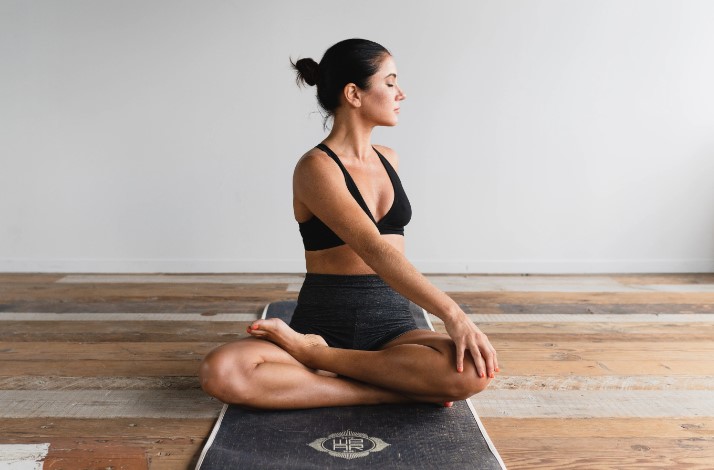
- Jivamukti Yoga
This type of yoga is more than just exercises; it’s a whole way of living. It covers ethics, spirituality, and physical fitness. Sharon Gannon and David Life created it, and they also emphasize being eco-friendly, so you are encouraged to be kind to animals and go vegan.
How Jivamukti Yoga is practiced:
In a regular class, you begin by setting a goal, then chant, focus on your breath, and do flowing movements. Finally, you relax and meditate. This yoga style combines spirituality and physical health for a complete experience.
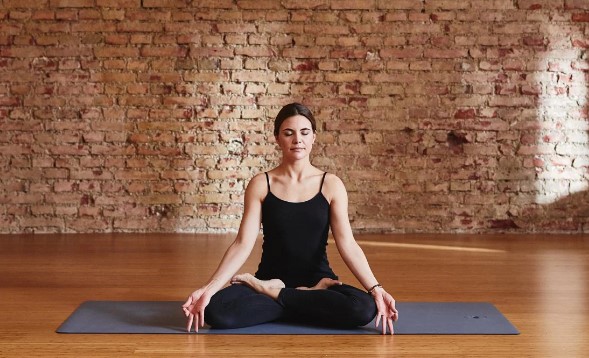
- Kundalini Yoga
This type of yoga originates from the Chakras and focuses primarily on your core and breath, known as pranayama. It aims to open your mind and enhance your understanding of your body and mind.
How Kundalini yoga is practiced:
It’s a spiritual kind of yoga that involves a lot of meditation. Chanting, meditation, hand gestures (mudras), and breathing are the key elements of this yoga style. This class can be tough on your body and also a mental challenge.

- Anusara Yoga
This yoga style is super positive and spiritual. It’s all about feeling uplifted and connecting with your inner light. It’s called “The Celebration of the Heart” and was created in 1997 by John Friend. If you’re new to yoga and want to do some deep self-discovery, you should give it a shot.
How Anusara Yoga is practiced:
In this style, you’ll focus on your breath and body alignment and use various props to help you get it right.
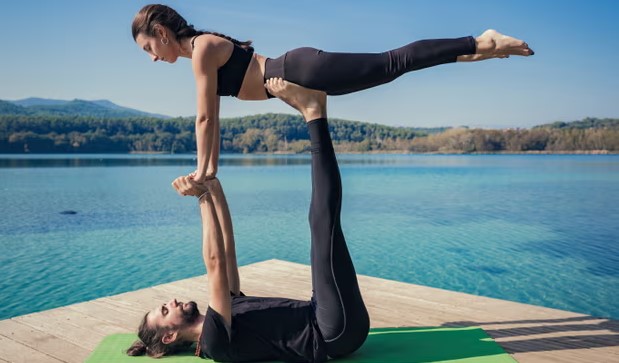
- Acroyoga
Acroyoga is a cool partner yoga that mixes yoga, acrobatics, and Thai massage. It’s awesome because it helps you focus better, makes you trust and talk with your partner, and gets you faster at making quick decisions.
How Acroyoga is practiced:
It’s all about having fun and chilling out. You don’t have to be a yoga pro or super fit to do acro-yoga – it’s for everybody. And don’t be surprised if you and your partner share some giggles and not-so-graceful moments during your practice.
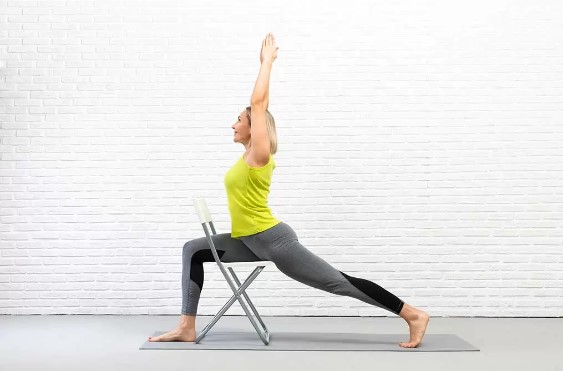
- Chair Yoga
Chair yoga is a gentle form where you use a chair for yoga poses. The classes can be different; you can do almost any yoga with a chair.
- It gives you extra help when you do poses.
- It makes you more flexible and helps your body move better.
- It reduces pain and stress.
How Chair Yoga is Practiced:
In chair yoga, your teacher will give you much guidance and attention to ensure you do the poses right. You’ll stretch your body and feel calm and relaxed when it’s over.
Some classes start with simple poses like sitting and moving like a cat or cow, while others can be more active with chair-supported backbends and headstands.
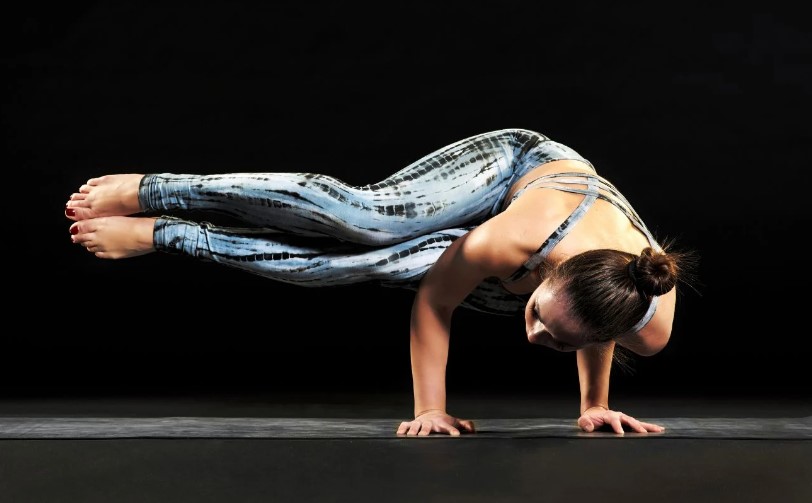
- Forrest Yoga
Forrest yoga is a modern style focusing on core strength and deep breathing. Ana Forrest designed this yoga style to help people heal from both emotional and physical trauma, emphasizing four key elements:
- Breath
- Strength
- Integrity
- Spirit.
How Forrest Yoga is practiced:
In a Forrest yoga class, you’ll begin with a special breathing technique called pranayama and engage in plenty of core exercises. Your instructor will skillfully lead you, providing adjustments tailored to your needs, making it an excellent option for newcomers. This practice promotes emotional healing, strengthens core muscles, reduces stress, and detoxifies the body.
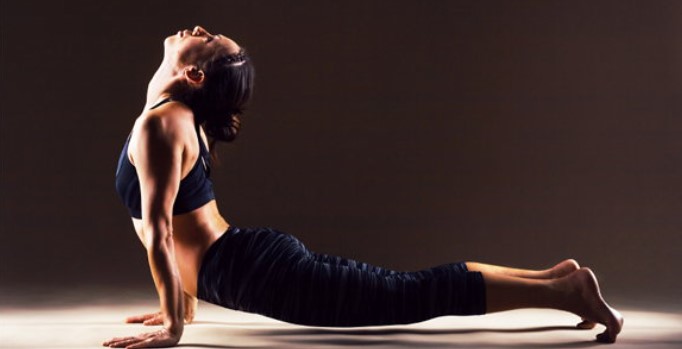
18. Kripalu Yoga
Kripalu yoga is all about being kind, open, and flexible. It’s a gentle type of yoga focusing on meditation and breathing exercises.
Here are some benefits:
- Helps you know and accept yourself better
- Reduces anxiety and stress
- Makes your emotions more stable and your mind clearer
How Kripalu Yoga is practiced:
In Kripalu yoga classes, you’ll find a friendly, non-judgmental atmosphere with a peaceful vibe. They usually begin with a “centering” to help you turn your attention inward.
Then, there’s a warm-up and a strong emphasis on keeping your breath steady. You’ll feel well-supported and encouraged to let go of any physical or mental tension.

19. Prenatal Yoga
Prenatal yoga is designed exclusively for pregnant women. It prioritizes the safety of both you and your baby by avoiding any strenuous poses or exercises that may pose a risk. Instead, it aims to:
- reduce stress
- offer comfort
- stabilize mood
- manage weight gain during pregnancy.
How Prenatal Yoga is practiced:
When you join a prenatal yoga class, your instructor will want to know more about you and how far along you are in your pregnancy. This helps them adjust the yoga poses to suit your needs, ensuring comfort and safety.
Typically, the class begins with a simple warm-up, followed by standing yoga flows, and ends with a relaxing Savasana. Props are often used to make the experience even more comfortable and supportive.

20. Rocket Yoga
Rocket yoga is a modern version of traditional Ashtanga yoga, designed by Larry Shultz to make it easier for people in the West. It has many changes to help with challenging poses, can help tone your body, aid in weight loss, and improves balance faster than other practices.
How Rocket Yoga is practiced:
In a Rocket yoga class, you can expect a sweaty, fast-paced session with challenging poses that can be adjusted. The free-flowing class encourages you to adapt and do what feels right for your body.
Like Ashtanga yoga, you’ll start with sun salutations to warm up, then do breathing exercises before moving on to basic poses.
Selecting the Ideal Yoga Style for Your Health Goals
When selecting the ideal yoga style for your health objectives, consider your individual needs and preferences. Some styles, like Hatha, focus on gentle movements and relaxation, while others, such as Vinyasa, offer a more dynamic and challenging practice. Align your choice with what suits your body and overall wellness objectives best.
Integrating Yoga into Your Lifestyle
Integrating yoga into your lifestyle can be a transformative experience. You can foster a sense of inner peace, physical well-being, and mindfulness beyond your mat by dedicating regular time to your practice, whether a few minutes of meditation or attending yoga classes. Over time, this integration can help you manage stress, improve flexibility, and enhance your overall quality of life.
Practicing Yoga Safely: Precautions and Health Guidelines
When doing yoga, you must keep some things in mind to stay safe and healthy.
- Listen to your body. If a pose feels uncomfortable or painful, skipping or modifying it is okay.
- Warm up properly, and not push yourself too hard, especially if you’re new to yoga.
- If you have any health concerns or medical conditions, it’s advisable to consult with your doctor before beginning yoga practice.
- Stay hydrated and use proper equipment, like a yoga mat, to prevent injuries.
By adhering to these precautions and guidelines, you can safely experience the advantages of practicing yoga.
Watch Full Body Yoga Stretch on #FitWithUrsula’s YouTube Channel
Exploring different yoga styles and their unique health benefits can be a rewarding journey for both the body and mind. Embrace the practice that resonates with you the most and embark on a healthier and more balanced life through the power of yoga. Dive into the yoga world by watching informative videos about different forms of yoga on the FitWithUrsula YouTube channel.
Start Your Journey Towards a Healthier and More Balanced Life Today
Exploring different yoga styles and their unique health benefits can be a rewarding journey for both the body and mind. Embrace the practice that resonates with you the most and embark on a healthier and more balanced life through the power of yoga.
FAQS About Different Types of Yoga and Their Health Benefits
- What is yoga?
Yoga is a holistic approach that uses physical poses, breathing exercises, and meditation to boost your overall health in your body, mind, and spirit.
- Is yoga suitable for my well-being?
Yes, yoga can improve your overall well-being by improving flexibility and strength, reducing stress, and enhancing mental clarity and relaxation.
- Which yoga style presents the greatest challenge?
Every yoga style has its unique challenges. Yin yoga, for instance, may not be physically demanding but requires extended periods of stillness and quiet, which can be challenging.
The difficulty level in any class depends on how hard you push yourself. So, even a physically demanding class can be made easier if you take it at a gentler pace.
- How does Yoga contrast with meditation?
Yoga and meditation are interconnected components of the broader yogic lifestyle. Yoga, encompassing both physical asanas (poses) and mental aspects, prepares the body for meditation. Yoga can be viewed as a form of moving meditation, and certain classes also incorporate meditation practices.
- Are there any potential drawbacks to practicing Yoga?
All physical exercise carries some risk, especially when recovering from injuries. However, yoga is gentler than high-impact workouts and can be adjusted for various skill levels. If you have concerns, consult your doctor and inform your yoga instructor about any injuries.
- Which Yoga variant is most effective for shedding pounds?
Any style of yoga can contribute to weight loss by incorporating dynamic poses that provide a comprehensive full-body workout. These poses help burn calories through continuous and vigorous movements.
- In which age bracket is Yoga most embraced?
Yoga is beneficial for people of all ages. However, some teenagers have traditionally avoided it because it’s seen as meditative. Fortunately, this perception is evolving as more people recognize its therapeutic benefits.
- When is the optimal time to engage in Yoga?
Yoga is typically practiced during sunrise or sunset to maximize its advantages.
- Can Yoga be considered a form of physical exercise?
Yes, Yoga helps improve physical fitness, including flexibility, balance, and strength, while also providing mental and emotional benefits.

